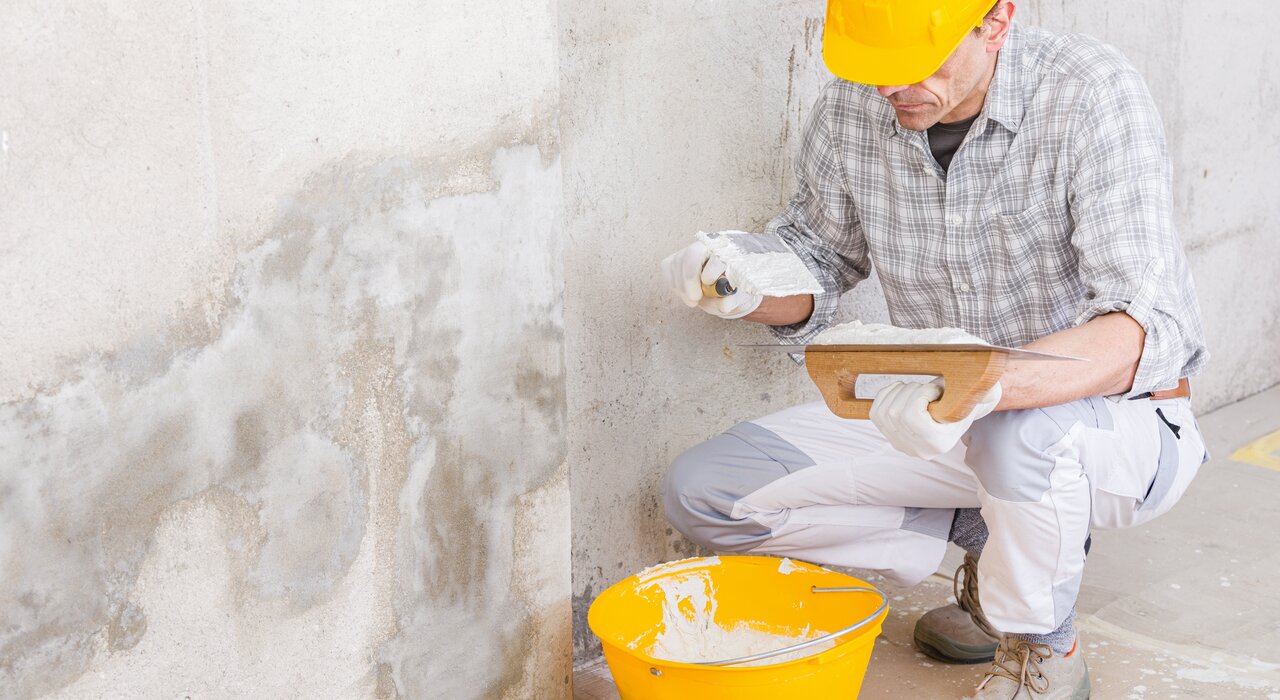
External wall insulation (EWI) is designed to improve the energy efficiency of your home by wrapping the property in a protective, heat-retaining layer. In most cases, it also helps to reduce condensation and internal damp. However, when installed poorly or without consideration for the building’s ventilation, EWI can actually contribute to damp and mould issues.
Understanding the Problem: Why Does Damp Occur?
Traditionally built homes, especially those built before the 1920s, were constructed using breathable materials that allowed moisture to naturally escape. External wall insulation (EWI) can disrupt this process if not installed with proper ventilation in mind.
Blocking draughts is a benefit of insulation, but it can also reduce natural airflow and trap moisture inside the building. This can lead to issues like condensation, damp patches and even mould growth if not managed properly.

How EWI Should Work to Prevent Damp
When installed correctly, EWI actually helps prevent damp. Cold interior walls often cause warm, humid indoor air to condense, especially in kitchens and bathrooms. EWI raises the surface temperature of internal walls, meaning less condensation forms.
For homes with adequate ventilation, external insulation can significantly reduce condensation and related damp problems.
The Importance of Correct Installation
EWI systems consist of rigid insulation boards secured with adhesive and mechanical fixings. Proper installation ensures there are no gaps between boards, which could let water in and lead to damp.
A correctly installed system:
-
Prevents water ingress
-
Avoids cold spots
-
Reduces the risk of mould
Starter tracks at the base of the wall are crucial. They protect from rising damp and provide a level base for installing the first row of insulation boards.

What Are Thermal Bridges?
Thermal bridges are areas where heat flows more rapidly through the building envelope. Gaps in the insulation system act as these ‘bridges’, allowing cold air in and reducing energy efficiency.
In terms of damp:
-
These colder areas attract condensation
-
Moisture can build up and soak into the surrounding material
-
Over time, this leads to internal damp and mould
Using spray foam adhesive to fill any gaps between boards helps maintain a continuous insulation layer.

When Poor Installation Leads to Damp
Poor quality insulation work can lead to more than just heat loss—it can allow moisture to build up behind the boards. This leads to:
-
Ineffective insulation
-
Erosion of adhesives and system failure
-
Internal damp and mould
If you spot damp forming on internal walls after EWI installation, this could indicate water has breached the system. It’s essential to get the issue professionally assessed straight away to prevent further damage.

Final Thoughts
External wall insulation should never cause damp, when done properly, it prevents it. But if corners are cut or materials are poorly installed, the risks of thermal bridges, water ingress and internal mould increase significantly.
If you’re considering EWI or worried about signs of damp after installation, always speak to an experienced professional.
